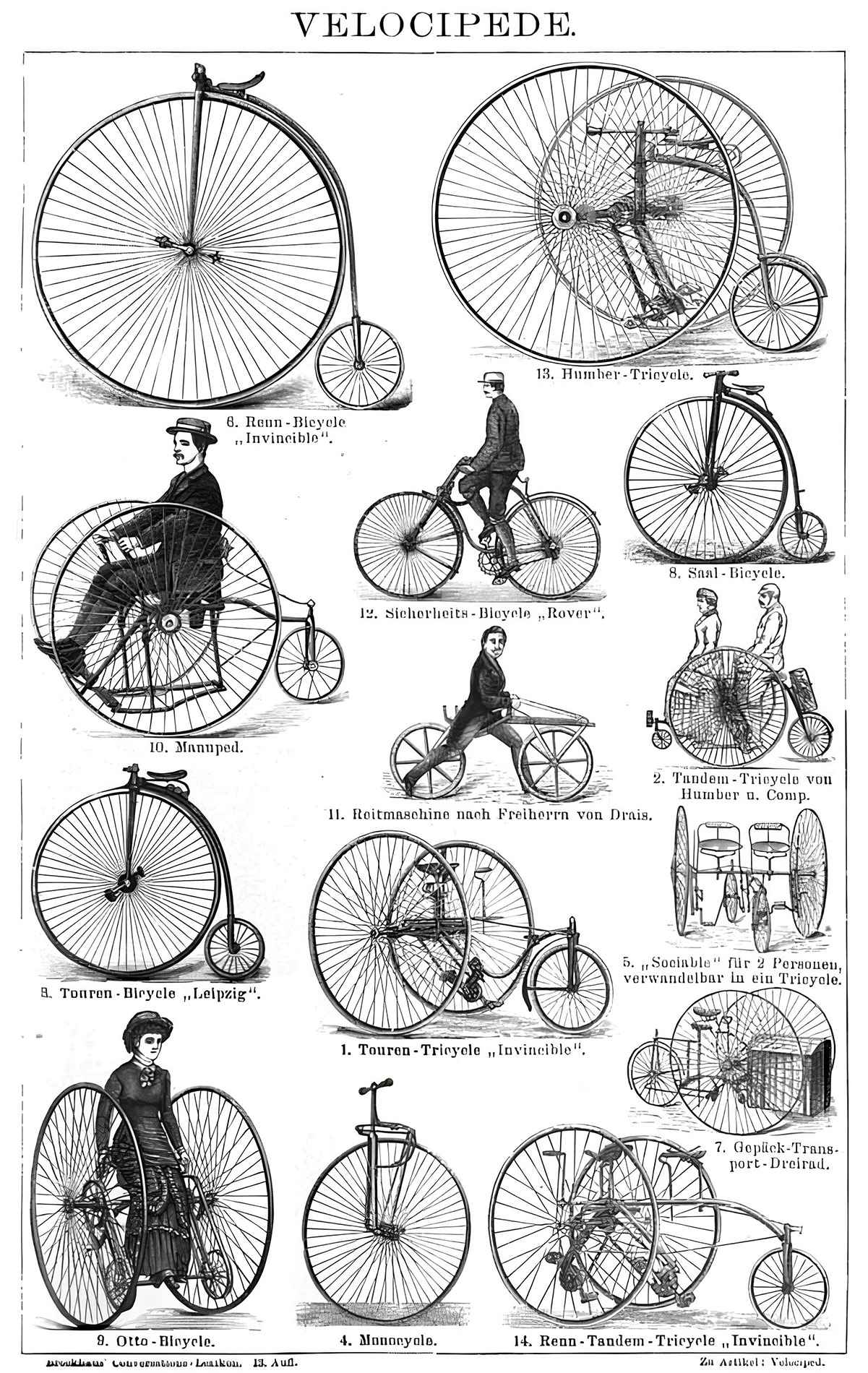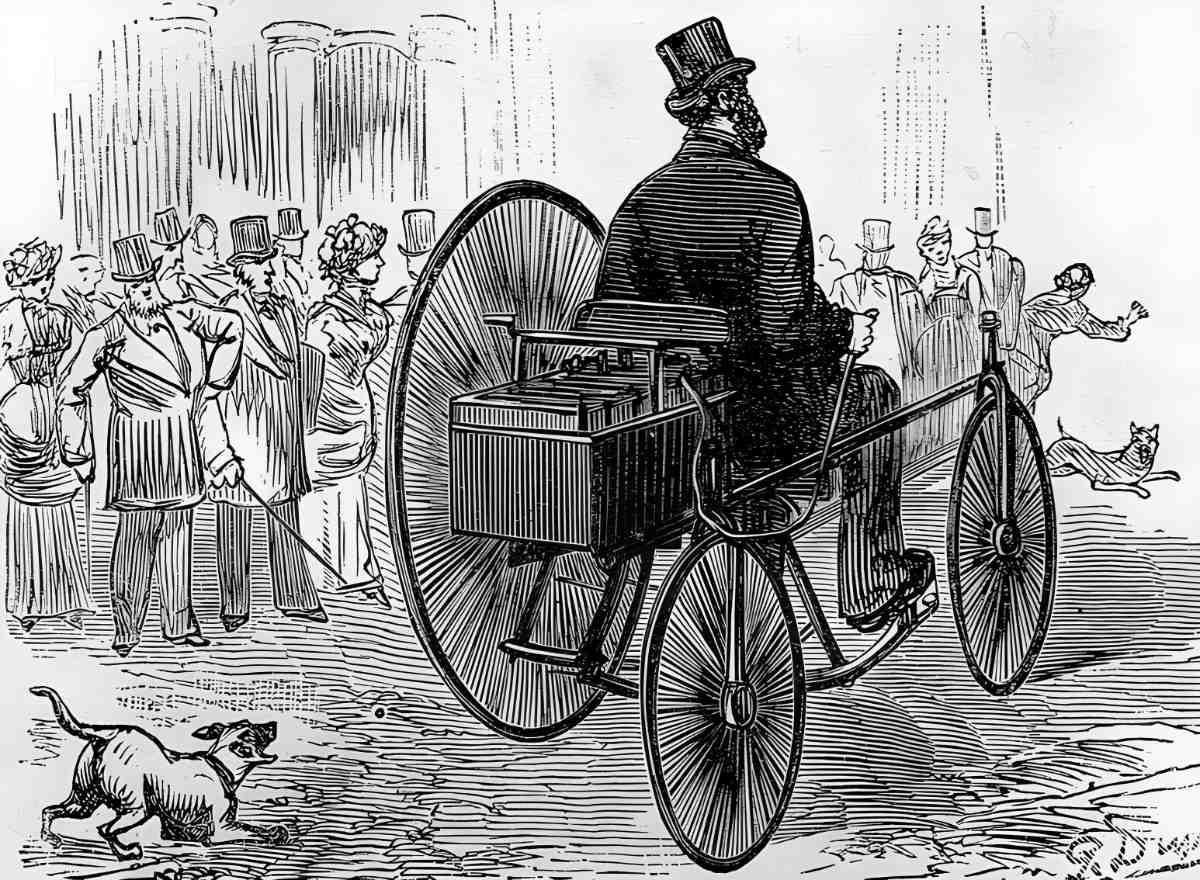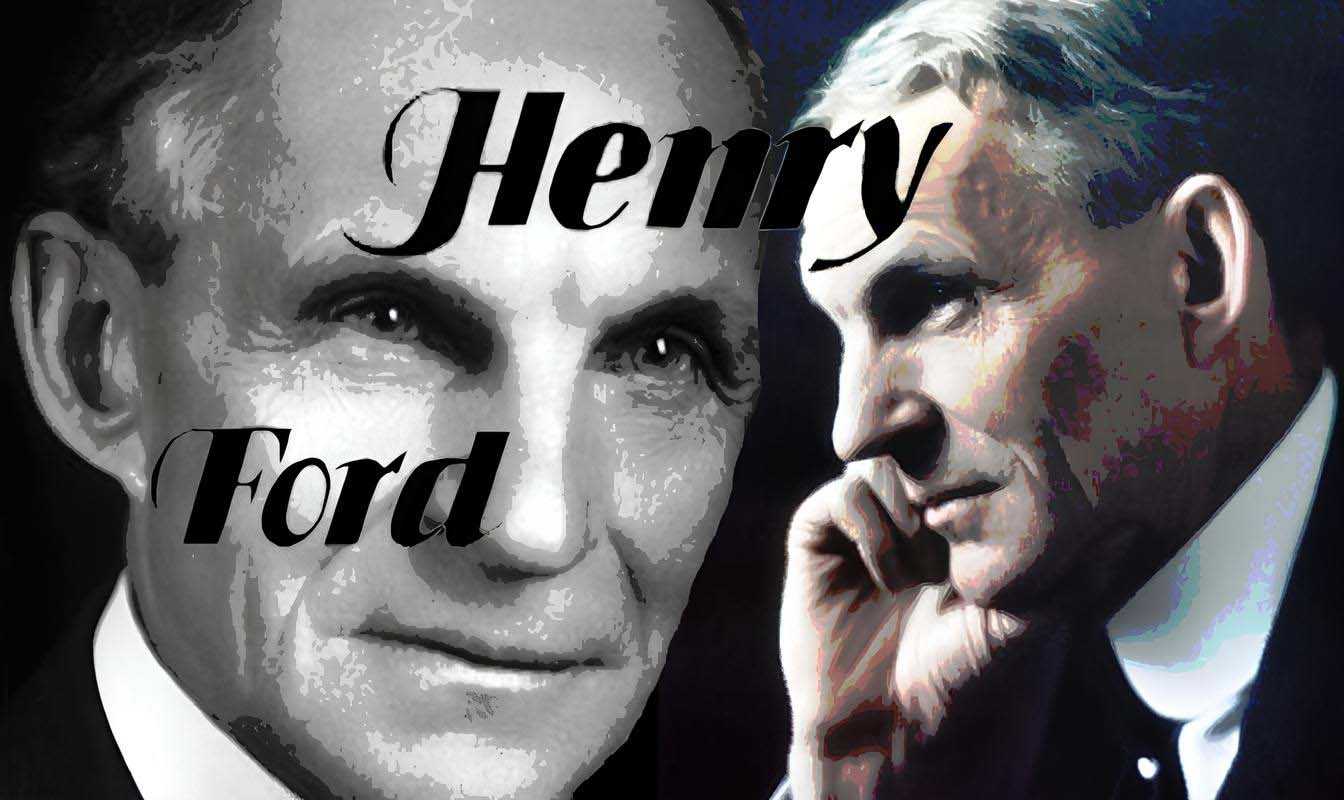Henry Ford spent millions in the Amazonian model city Fordlândia ages before other brands did, and the city had amenities like a golf club, or a burger joint. Insurrection broke out among the workforce, the military was called in, and Ford’s utopian plan was scuttled. Henry Ford represented the best of the American Dream: A man who rose from little to achieve phenomenal success while maintaining his humility. Ford implemented the assembly line in his facilities, which streamlined the manufacturing of automobiles. He did this to make the automobile accessible to the masses, transforming it from a symbol of wealth into a commodity. His employees could all afford Fords.
Fordlândia was the creation of “New Man”
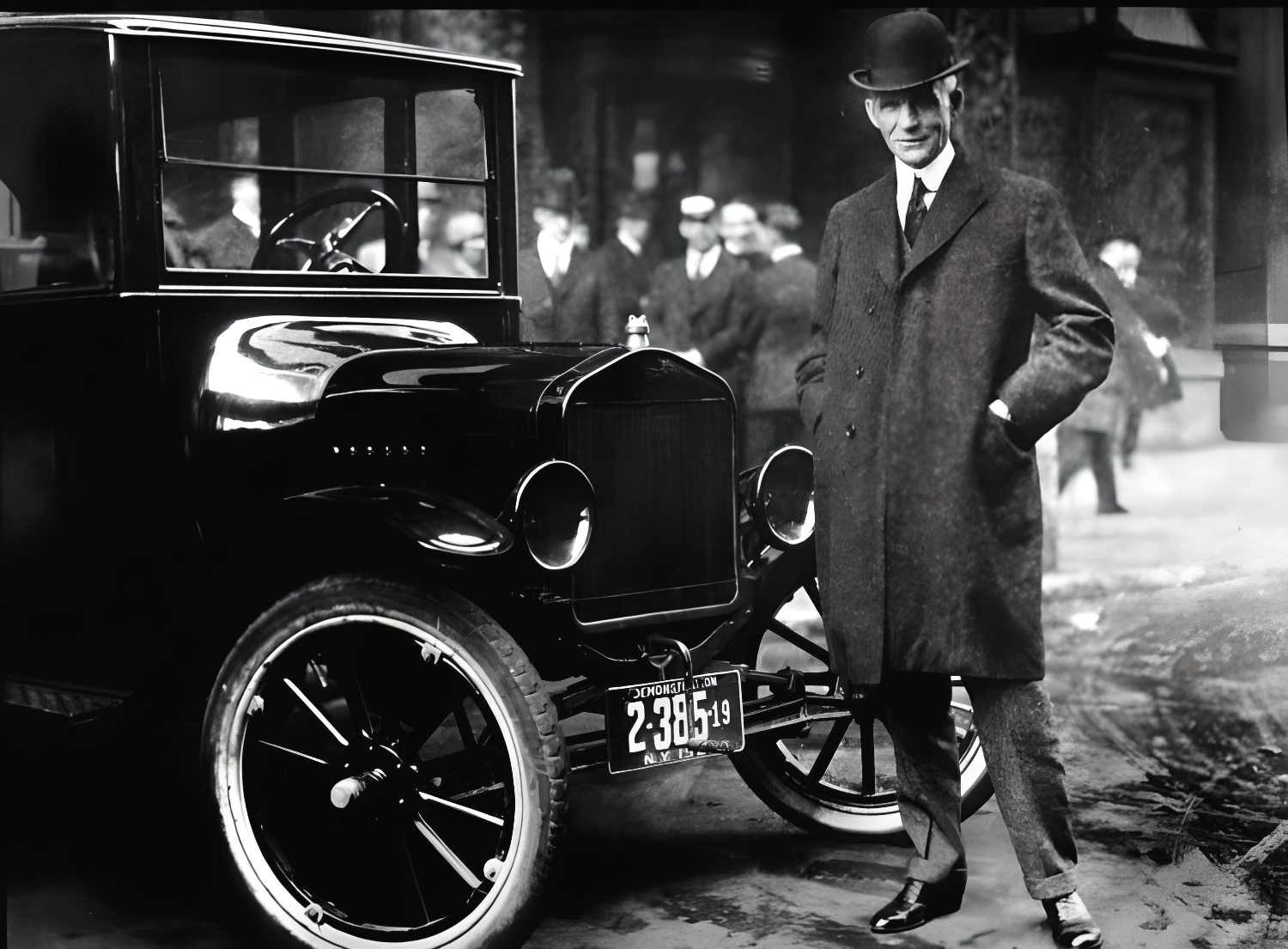
Henry Ford was a control freak who oversaw every aspect of his plants and the employees’ daily lives. As a car manufacturer, he also desired autonomy from parts suppliers. That’s why he proposed establishing a rubber farm in the South American jungle, called Fordlândia. There was also supposed to be a community there that shared his values. The contemporary metropolis, according to Ford, was “a pathological tumor.”
One of his goals in life was to establish a tiny city where everything ran nicely. This, he hoped, could be accomplished on his Fordlândia rubber plantation deep in the Amazonian rainforest.
The farmer’s son from Michigan, Henry Ford, like many ideologues of the day, including communists, fascists, and Zionists, envisioned the “New Man,” and himself as a reformer and pioneer of a “better society,” one in which the hum of machinery and the calm of farm labor could coexist.
When spring arrived in 1928, Henry Ford sent a crew of Michigan lumberjacks to the Amazon. His new Fordlândia property included hills covering around 5,500 square miles (around 14,250 sq km) on the eastern side of the Rio Tapajos, an Amazon River tributary. It was 112 miles (180 km or 18 hours by boat) from Santarem, the closest urban center. There were just a handful of families of native rubber tappers and native traders that called that area home. In its place, though, “Fordlândia” will soon rise.
Fordlândia was intended to resemble a prototypical American community, complete with shingle-covered wooden homes, bright red fire hydrants, and a complete prohibition on alcoholic beverages.
Challenges of the jungle

In Brazil’s history, there were zero rubber plantations. Previous generations of tappers relied on widely spaced trees in the wild to get their rubber. However, Ford’s notion of efficiency was fundamentally at odds with this. Thus, contracted laborers with machetes and chainsaws attempted to restore order to the forest.
The wet season prevented a successful initial effort to burn the cut wood. Consequently, a lot of kerosene was required (due to its low ignition temperature) to soak the wood before setting it on fire. So for days, the bush was engulfed in an unchecked fire.
It was true that the fire cleaned hundreds of acres of woodland, but the land was scarcely cultivable now.
Even though Henry Ford had hired Brazilians to clear the bush, the attitude among the workers toward their boss was already heated. The Brazilians were not allowed to adjust their work schedules for the seasons, but rather had to punch in at the same hour every day.
Dystopia, more than a utopia

The six-month mark came and went without incident, but then a Ford dealer came to check on the development in this utopia of Fordlândia. The only things he discovered in plenty of Fordlândia were filth, millions of flies, and a lack of sanitation facilities and trash cans, as well as no mosquito nets or other forms of protection from the elements.
Fordlândia’s employees called it “Inferno verde” because of the bad food, malaria, diarrhea, and deadly snakes that plagued the city. As much as 30% of Fordlândia’s workforce was sick. There were so many flies around that it was difficult to see the objects on the tables.
When the pressure got to be too great, the local guys with machetes pursued the American foremen into the woods and robbed them.
Ford then sent a supply vessel to the Amazonian outpost of his dominion. There were locomotives, water purification systems, generators, power plant components, and prefabricated sections and equipment on board, all set for Fordlândia. There was a medical doctor, a chemist, engineers, managers, and their spouses. In contrast, Henry Ford didn’t put much stock in the opinions of biologists and farmers about his kingdom. In fact, a Norwegian ship captain was his choice for the position of Fordlândia’s new ruler.

Fordlândia attracted workers and their families from all across Brazil. Approximately 5,000 individuals called Fordlândia home by the year 1929. However, the attempts were likewise unsuccessful since the rubber tree seedlings died in the kerosene. At the same time, rain began to enter the Fordlândia hospital via a hole in the roof. The disused typewriters and piles of decaying paper in the workplace were signs of neglect.
A fight against the wilderness
A new management for Fordlândia was brought in by Henry Ford. In order to make way for new rubber trees, he had the old ones plowed under. In 1930, Fordlândia received a railroad for plantation labor, as well as running water and electricity, schools, and a brand new, state-of-the-art hospital. Swimming pools that breed mosquitoes were emptied. The managers’ bungalows were under the shade of mango trees. Most of the staff was still living in makeshift quarters, but the most crucial mission—fostering Ford values via teaching—was well underway.

In Fordlândia, sanitation squads examined the shacks to ensure that the employees were using the toilet paper given by the firm and that their laundry was properly hung on lines, just as Henry Ford had done in Detroit. The Brazilians needed to be checked for worms and treated for sexual illnesses.
At Fordlândia, alcohol use was prohibited under penalty of law. It was company policy that all workers without spouses dine at the cafeteria, which served food prepared according to Henry Ford’s guidelines. Nor did they like the North American work hours that didn’t take into account the noon heat, nor did they like the oatmeal, whole wheat bread, and soy soup that was served. The workers hated the time clocks and the industrial siren that blared over the farm at regular intervals throughout the day.
Uprising in the Fordlândia
For their own good, employees were required to consume the business cafeteria’s unappealing selection of brown rice, oatmeal, and canned fruit, the cost of which was automatically withdrawn from their pay using a personal identification number.
Soon after the canteen switched to self-service, just before Christmas, the Fordlândia workers smashed it to pieces in December 1930. Then they went about smashing whatever they came across with clubs and machetes, including all the workplaces, equipment, and vehicles. They sank Ford vehicles in the Rio Tapajós while shouting “Brazil for Brazilians, murder all Americans!”

The panicked Americans ran away with boats or hid for days in the woods. Until a military commando from Belem came with machine guns, the Ford managers held out on boats on the river. Fordlândia was now an empty hulk of damaged buildings.
The rebel workers destroyed all of the timepieces as a statement against Henry Ford’s tyrannical attempt to import the factory work ethic into the forest.
Ignoring the severe restrictions on alcohol was a common practice as well. The situation in Fordlândia only became worse when bars and brothels sprang up in the area. In turn, the Ford Company assured the employees that the business would not cover the cost of any medical attention related to venereal disease.
Ironically, Ford’s civilizing ideals were actually aided by the worker insurrection of 1930. After that, Henry Ford decided to start over from scratch and acted radically, laying off almost everyone who had worked for the company and tearing down any remaining brothels or bars.
Fordlândia became home to about 8,000 people during its peak population. Paved streets, schools, barber shops, bakeries, and butcher shops sprang up. A golf course and weekly gardening contests were also available. And since Henry Ford had a penchant for classical music, waltzes were performed at corporate gatherings, even in the forest.
Nobody gave up on Fordlândia yet

Instead of a workers’ colony, Henry Ford said publicly that he would construct a whole metropolis. A whole year later, Fordlândia finally materialized, like a tiny version of a contemporary industrial metropolis. Thick clouds of smoke billowed from the stacks, a train chugged along, and tractors slogged up and down the slopes.
Electric lamps and red fire hydrants illuminated the streets, and perfectly straight rows of similar homes with refrigerators and washing machines climbed the slope. In addition to its Main Street shops and barbershop, the Fordlândia community also included a library, tennis facility, and golf course.
Ford’s dream city of Fordlândia included clearly defined neighborhoods for executives, secretaries, and blue-collar employees. Each of the Americans and the Brazilians had their own swimming pool. Every home had its own garden, and on Sundays, people would square dance and recite poetry. Attendance was required.
It was a picture-perfect setting. However, Ford had officially nixed the idea of thatched mud houses. And they had concrete slabs for floors and metal for roofs, which was a construction plan that originated in Detroit. The effect was that the homes of the employees in Fordlândia were very heated.
Even more concerning was the fact that the company’s true mission had yet to be revealed. Not even a tenth of the land needed for the 10,000,000 rubber trees was prepared. The rain had washed away the soil, leaving the hilltops barren. It was quite costly to build terraces. Young rubber plants in Fordlândia were attacked by mites, flies, ants, and a fungus. A botanist said the Fordlândia was terrible for growing rubber trees. Nonetheless, Henry Ford continued to fight: He restarted a new city a little distance downstream.
A second Ford city, Belterra
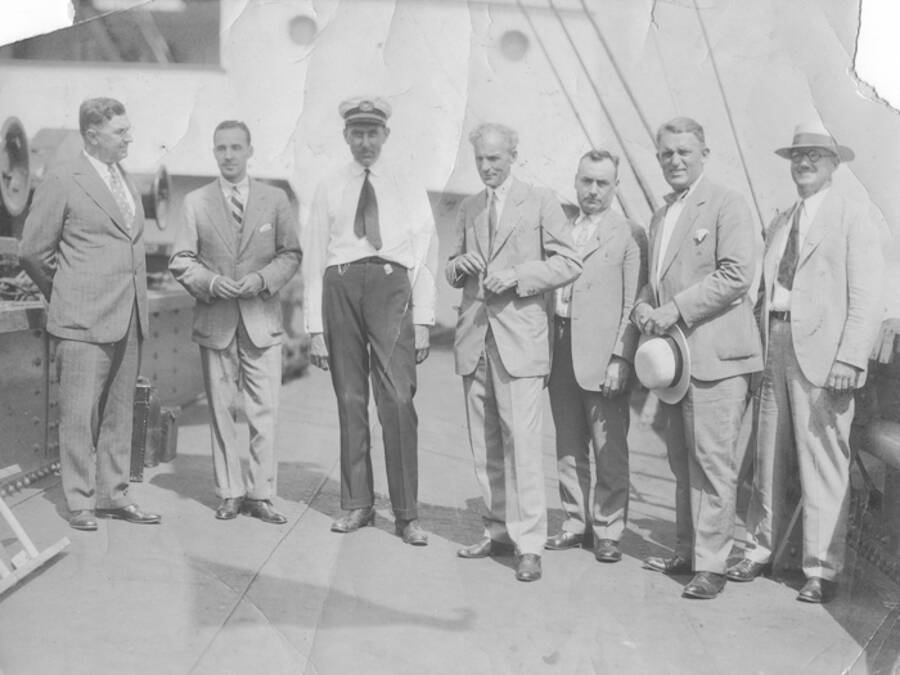
About 62 miles (100 km) north of Fordlândia, in 1935, Ford established a second U.S. clone town. The brand-new city of Belterra was situated on perfectly flat terrain. Clearing and planting went rapidly, but so did the invasion of fungus and insects. The first crop from Belterra’s trees was brought in that year, 1942. They produced over 750 tons of rubber. Fordlândia, on the other hand, never produced latex. And Ford’s yearly need for rubber for its cars was estimated at 38,000 metric tons. Millions of trees were killed for nothing.
By planting the rubber trees, which are naturally spread out, too closely together, they provided the perfect environment for the growth of various pests like fungi, beetles, and caterpillars.
Following this, a caterpillar plague ravaged Belterra, and fungus ultimately did in the plantation. Henry II, Ford’s son, sold the Belterra and Fordlândia rubber firms back to Brazil in 1945 for around $250,000. That was how much the Ford Corporation owed its employees in the end. Henry Ford passed away two years later. He had never set foot in his foresty domain of Fordlândia in his life. But he had put away a cool billion in today’s currency for his American utopia projects in the Amazon forest.
The many reasons Fordlândia failed

Henry Ford, who had a bias towards specialists in general, trusted unreliable and dishonest consultants when he first started planning Fordlândia. Brazil was chosen over other locations that would have been more suited for rubber plantations, such as Africa and Asia, since the South American mildew that is the most severe of all rubber tree pests does not occur in those regions. However, because of its steep nature, the land in Brazil was very vulnerable to wind and erosion, making it utterly unfit for a plantation.
The 1930 revolt was one of the numerous failures of the utopian jungle project of Fordlândia, and it was an assault on the naïve romantic notion of the American dream in the forest. Henry Ford struggled for a long time to find alternatives to importing rubber from Britain. He invested millions in Fordlândia for over 20 years, yet the rubber plantation yielded not a single pound.
The once-thriving city of Fordlândia became an almost deserted and decaying ghost town, marking the biggest failure of the man whose assembly lines had once changed the globe.
A negotiator destroyed everything
Willis Blakeley, then 37 years old and a former member of Ford’s security team, was tasked with negotiating contracts with the accountable Brazilian governor of the state of Pará in 1927. Even though Blakeley had taken an oath of silence, he had already revealed many of Ford’s secrets. He became notorious in Brazil as a drinker who enjoyed having sex with his wife on the open porch, provoking widespread outrage.
The controversial negotiator quickly became the talk of the city. Blakeley paid a crazy sum of money—$125,000—to purchase a 3,850 square miles (10,000 sq km) plot of property. The deal stated that the Americans could extract a variety of raw commodities (including timber and oil) and bring them back to the United States tax-free. However, the idea that Ford could bring in American equipment to Fordlândia duty-free was entirely Blakeley’s creation, and it ended up costing the business a lot of money and time.
As manager of Fordlândia, Blakeley proved to be a disaster since he knew nothing about plants. He lived in a hacienda while his employees were forced to endure windowless barracks without bathrooms or sleep in hammocks in the yard. Somehow, Blakeley decided to try clearing the forest in the midst of the rainy season. After the tree trimmers became mired down, he used days’ worth of kerosene to set fire to the drenched trees. One witness described the scene as like the Earth was consumed by fire. Blakeley was fired shortly after a Ford dealer’s visit to Fordlândia.
Fordlândia was a civilization experiment by Henry Ford
The company’s promotion of Fordlândia as a “civilizing experiment” and a middle ground between industry and farm gave rise to expectations that took on almost holy connotations. Time magazine wondered whether Ford would keep pouring money into the region until the whole jungle was industrialized. The Washington Post thought Henry Ford would cultivate not just rubber but also the local population. However, the Brazilian press also fulminated, although in a different way, with Henry Ford being dubbed the Jesus of industry.
Fordlândia became home to about 8,000 people during its peak population.
Because according to Ford’s son Edsel, there were historical grounds for the widespread belief that the once-wealthiest man in the world could rescue the impoverished nation of Brazil with modern technology and economic success. Until 1876, when British citizen Henry Wickham sneaked tens of thousands of seedlings of the rubber tree out of the country, Brazil was the sole producer of rubber in the 19th century. The British used the seeds to set up massive plantations throughout their Southeast Asian territories. In the long run, organic piracy destroyed Brazil’s competitiveness as a rubber producer and dissolved the monopoly.
Many Brazilians assumed that the United States of America wasn’t worried about rubber, but rather the excessive extraction of more important resources. The nationalist press was outraged over that.
Armed mercenaries were often called in to quell riots. Many of the thousands of laborers that flocked to Fordlândia only stayed there for a brief period of time before returning home. Worker deaths from snakebites and infant deaths from fever were common, despite the presence of a free hospital. By 1930, the Fordlândia cemetery was filled with approximately 300 individuals.
Bibliography
- “Fordlandia: The Rise and Fall of Henry Ford’s Forgotten Jungle City”, Greg Grandin, 2010.
- Fordlandia | Flickr
- “An Environmental Account of Henry Ford’s Adventures in the Amazon”, Marcos Colón, 2018.
- “Fordlandia and Belterra, Rubber Plantations on the Tapajos River, Brazil.” Joseph A Russell. Economic Geography, 1942.
- “A Native Returns to the Amazon.” Desmond Holdridge. Living Age. 1941.




